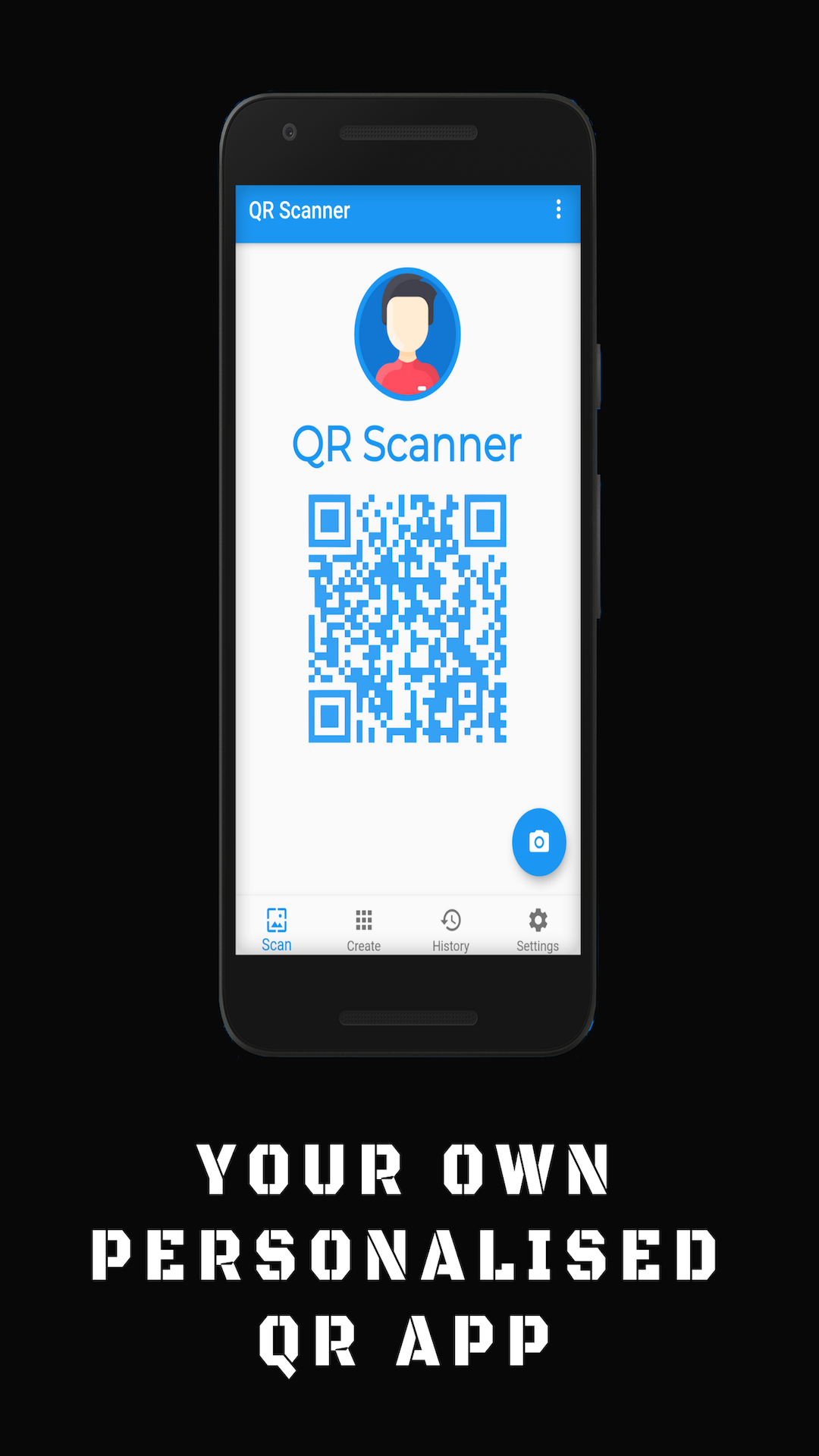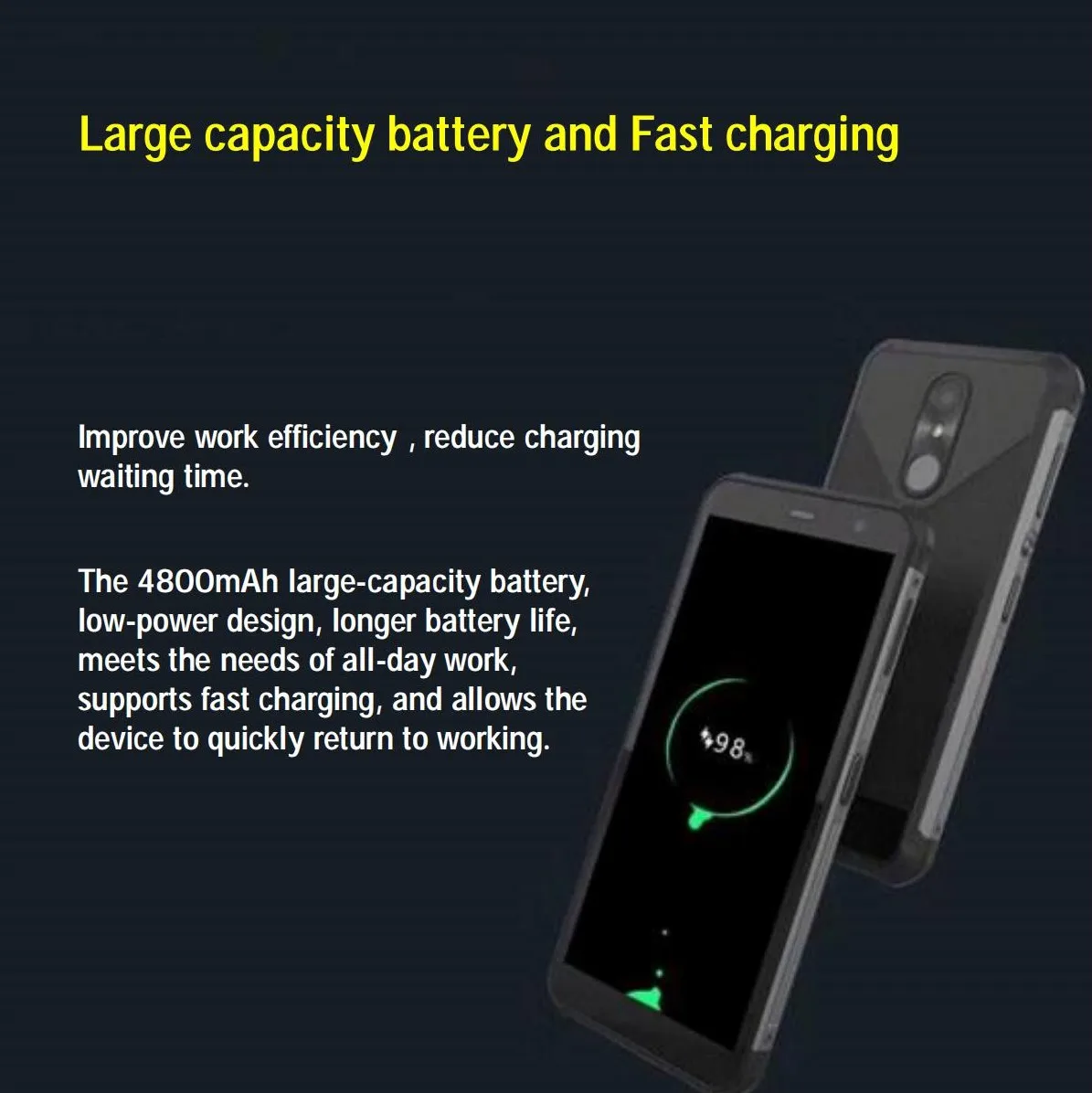

Not so advanced scanners may depend on these lighter/empty spaces to detect the QR code better. Solution: Too much content creates an overloaded QR code, sometimes taking up the quiet space and corners of the code. Experts strictly advise against colour inversion. By using high contrast, people often misunderstand that contrast can work, either way, keeping the background dark and foreground white. Aesthetics should not be implemented at the cost of efficiency. Solution: A common mistake users make while creating a QR code is to invert colours. Have you inverted the colours of your QR code?.One must use high-resolution photos for QR codes. The image or logo inserted inside a QR code should neither be blurry nor pixelated. For sizeable mediums like billboards and posters, SVG or EPS formats maintain the quality of the image. For mediums such as newspapers and magazines, JPG or PNG formats work well. Solution: Quality of QR code can refer to the format in which it is printed or the image quality inserted in the code. Are you using the right format of the QR code image and a high-resolution image to insert inside the code?.

It can be in the middle of the body to get attention right after your audience has read the text. If a restaurant is talking about a discount offer on burgers on the top central part of a poster, the QR code to scan that offer cannot be on the bottom right or left. While the code should not be in a very crowded area, it must also not be very away from the main message that leads to CTA for which that code was generated. Solution: Where and how you place a QR code is essential for higher scans. Is your QR code crowded by other elements or unnoticeable?.If the foreground colour is pink, red, purple or green, keep the background colour white or closer to white. Technology has advanced, and aesthetics are equally important, but it is possible to play around with just one colour instead of both. There is a reason the initial QR codes were only black and white. Solution: The contrast between the background and foreground colour must always be high. Is the colour contrast in your QR code too low?.You may have to adjust the logo size and the logo background scale to some extend and keep testing till your QR code is readable by QR code scanner. Solution: The logo size in the QR code should not be too big or perhaps there should be some white space around the logo so as to make your entire QR code scannable. The logo size placed on a QR Code must be 21*21 – 177*177 modules (grows by four modules/side), and the attached structure must be a maximum of 16 symbols. Tiny QR codes are unlikely to attract attention. Apart from scannability, size also affects visibility. Another way to figure out the appropriate size of the code is to use 1/10th of the distance between the code and the scanning device. Solution: No matter how small the product on which a QR code will be pasted, the minimum size should be 2*2 cm (0.8*0.8 in). The primary issues that may keep your QR code from scanning are: But it is not scannable, and you can’t figure out why? QR Code Chimp is here to help! Here are several QR code scanning problems generally you may face and their solutions. You have seen, heard and read enough about QR codes and were excited to generate your first 2D code. Points to check and things to fix if your QR code is not working


 0 kommentar(er)
0 kommentar(er)
